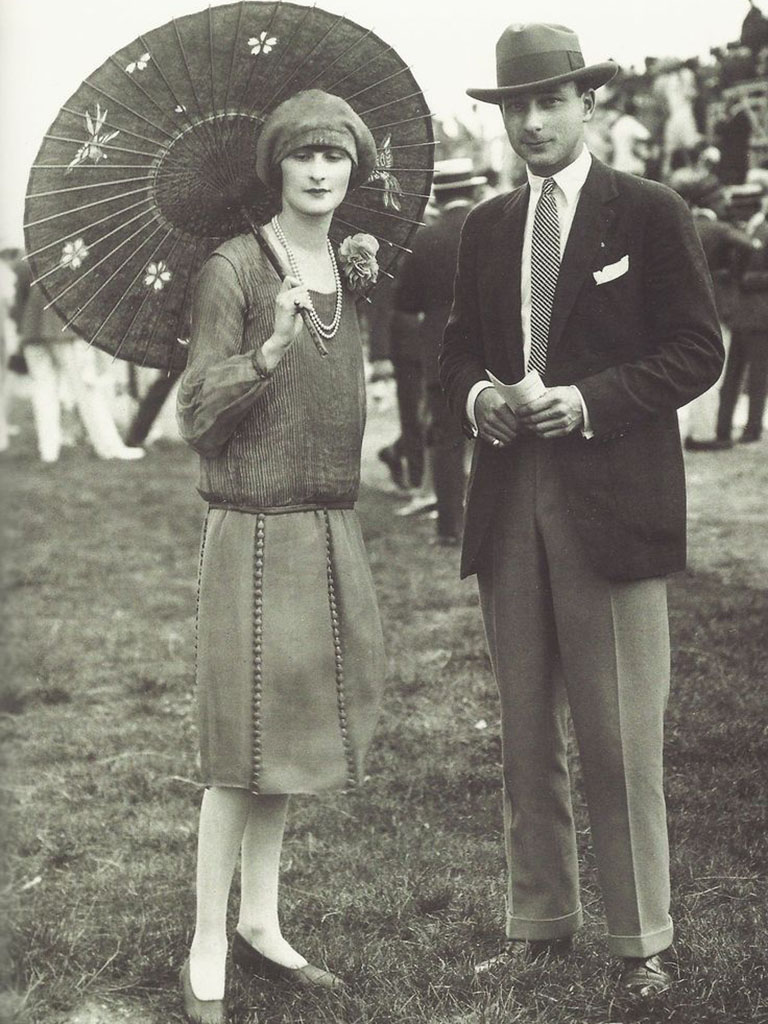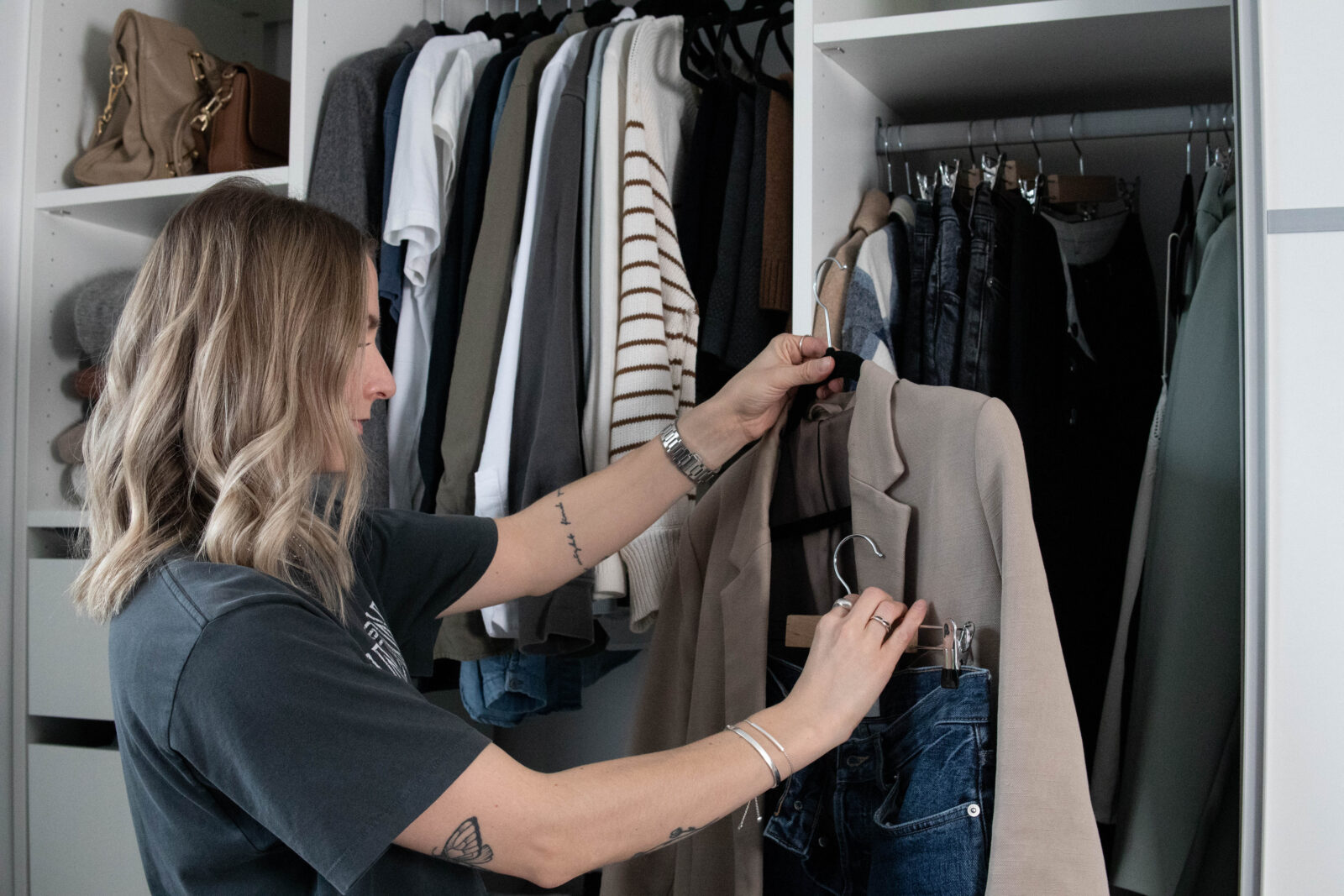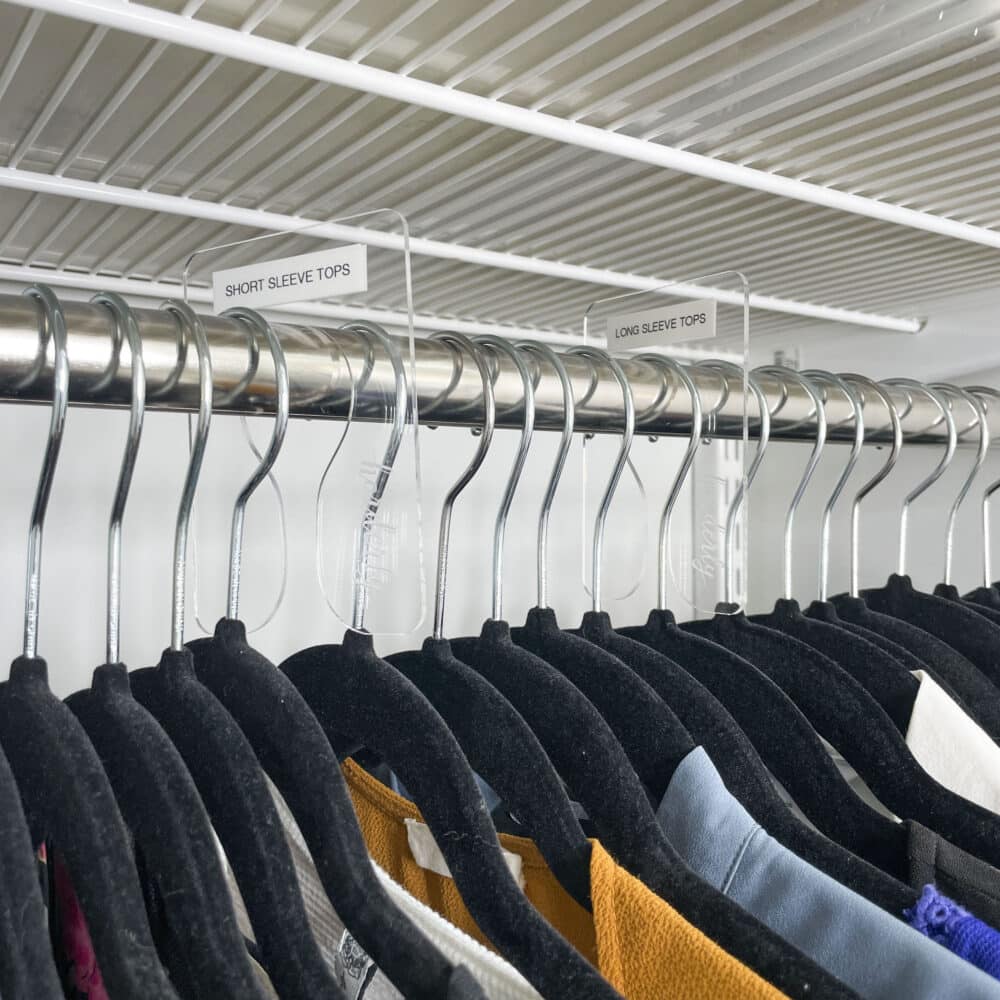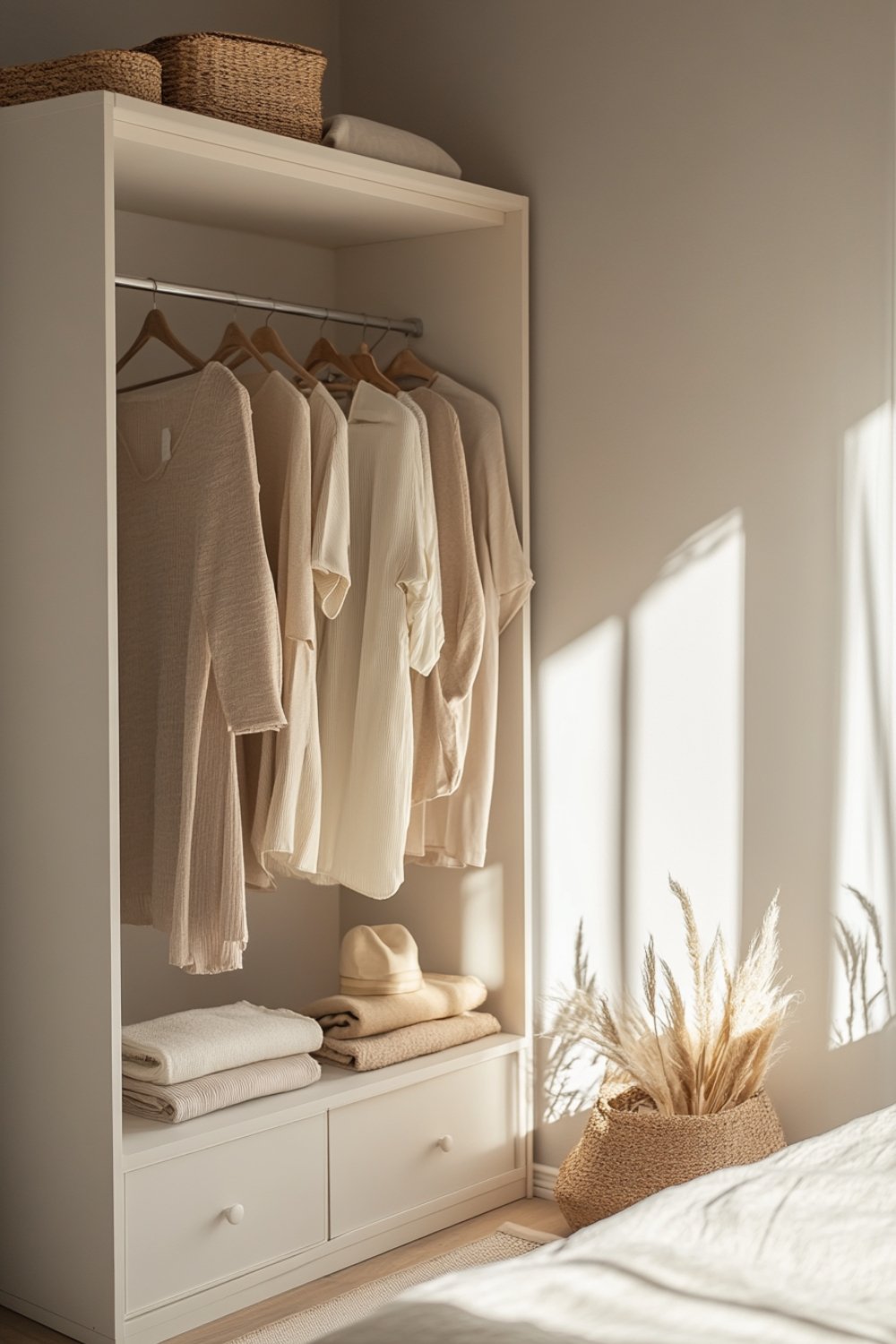The Evolution of the Minimalist Wardrobe: Trends and Modern Inspirations

The Shift Towards Simplicity in Fashion
Over the past decade, the approach to personal style has undergone a profound transformation. The minimalist wardrobe, originally emerging as a practical solution to burgeoning consumerism, has evolved into a vibrant cultural phenomenon. This movement finds its roots in broader lifestyle changes that emphasize thoughtful consumption, making the allure of simplicity resonate with an ever-expanding audience.
At its core, minimalism is deeply intertwined with notions of sustainability and efficiency. As consumers become more aware of the environmental impact of fast fashion, the modern wardrobe has shifted towards a curated selection of essential pieces that prioritize both style and sustainability. Below are some key elements that define this contemporary take on minimalist fashion:
- Quality over Quantity: In embracing minimalism, individuals are encouraged to invest in high-quality, durable clothing that transcends fleeting trends. For example, a classic tailored blazer or a well-fitted pair of jeans can serve as foundational pieces that endure beyond seasonal wardrobes.
- Neutral Palette: Minimalist wardrobes often feature a carefully selected color scheme—think whites, blacks, grays, and earthy tones. These hues not only provide a sophisticated aesthetic but also facilitate endless combinations, making dressing in the morning uncomplicated and efficient.
- Functionality: The focus on versatility has led to pieces that can transition seamlessly from day to night or from casual to formal occasions. Items like a tailored jumpsuit or a multi-way dress exemplify this principle, proving that style can be both chic and practical.
The rise of social media has played a pivotal role in popularizing the minimalist approach to fashion. Influencers and digital creators often showcase their capsule collections, a term that refers to a small set of clothing items designed to mix and match effortlessly. This trend has sparked a community of followers, eager to adopt a minimalist lifestyle reflective of personal values and sustainability.
Moreover, as we delve deeper into the evolution of the minimalist wardrobe, it becomes crucial to examine its historical roots and its adaptive nature within the modern fashion landscape. The 1990s brought about early minimalist trends with designers like Jil Sander and Calvin Klein, who focused on clean lines and understated elegance. Today, this legacy influences innovative ideas around fashion consumption and aesthetic, inspiring individuals from various backgrounds across the United States.
Ultimately, the minimalist wardrobe represents more than just a style choice; it embodies a shift in consciousness regarding personal consumption and environmental responsibility. As many continue to explore the intersections of simplicity and sustainability, it is evident that this journey not only impacts individual fashion choices but also influences broader cultural narratives surrounding fashion in our society.

DIVE DEEPER: Click here to simplify your wardrobe
Historical Roots of Minimalism in Fashion
To fully appreciate the evolution of the minimalist wardrobe, it is essential to explore its historical antecedents. The minimalist approach can be traced back to art movements such as Bauhaus and De Stijl in the early 20th century. These movements championed the idea of “less is more,” advocating for simplicity and functionality without sacrificing aesthetics. Pioneering designers like Yohji Yamamoto and Issey Miyake carried this philosophy into the realm of fashion during the late 20th century, creating garments that emphasized form and cut over excessive embellishments.
During the 1990s, designers like Calvin Klein and Jil Sander reinvigorated minimalist fashion on the runway. Their collections showcased clean lines, muted colors, and an overall aesthetic that resonated with a generation seeking to break free from the ostentation of the 1980s. This simplified vision not only transformed how clothing was designed but also reflected a new cultural attitude that prized authenticity and individual expression over consumerist excess.
The 2000s: A Growing Awareness of Sustainability
As we moved into the 21st century, the minimalist wardrobe began to embrace a renewed focus on sustainability, dovetailing with increasing concerns about the environmental repercussions of fast fashion. The slow fashion movement emerged as a counterpoint to mass production, encouraging consumers to make mindful purchasing decisions that prioritize ethical production practices and reduce waste. The principles of minimalism aligned seamlessly with these ideals, leading to a resurgence in the popularity of capsule wardrobes.
Capsule wardrobes typically consist of a limited number of versatile pieces that can be mixed and matched to create various outfits. They often include timeless staples such as:
- Classic White Shirt: A versatile piece that can be dressed up or down.
- Tailored Trousers: These provide the perfect foundation for both professional and casual ensembles.
- Quality Knitwear: An investment in cozy yet chic pieces, perfect for layering.
- Effortless Dresses: A one-piece solution that can be styled for different occasions.
This curated approach not only offers style flexibility but also underscores the shift towards thoughtful consumption. Consumers are now more inclined to choose personalized, durable clothing over transient trends—reinforcing the notion that a minimalist wardrobe is about intentionality rather than deprivation.
Modern Inspirations: Influencers and Social Media
The role of social media cannot be understated in the dissemination of minimalist fashion concepts. Platforms like Instagram and Pinterest have enabled influencers to share their styling tips, fostering a community that advocates for a cleaner, more efficient wardrobe. Users are increasingly inspired by visual content that highlights how just a few carefully selected items can yield limitless outfit possibilities, instilling a sense of creativity in simplicity.
Moreover, brands are taking cues from this digital-centric world, introducing capsule collections that speak directly to consumers’ desires for sustainability and versatility. Designers such as Everlane and Reformation are leading the charge with transparency in sourcing and production, aligning their business models with the core values of the minimalist movement.
In summary, the evolution of the minimalist wardrobe encapsulates a rich tapestry of historical influences, cultural shifts, and modern inspirations. This ongoing journey highlights a collective movement toward simplicity that is both meaningful and impactful, positioning minimalism as a defining trend in today’s fashion landscape.
The Evolution of Minimalist Fashion
The minimalist wardrobe concept has undergone an impressive transformation, navigating the tides of fashion, culture, and sustainability. Minimalism is not simply about reducing clutter in your closet; it reflects a broader lifestyle choice that emphasizes simplicity, quality, and intentionality. As our world becomes increasingly fast-paced, many have turned to minimalist fashion as a way to promote mindfulness and efficiency in daily life.
One major trend in the evolution of the minimalist wardrobe is the rise of sustainable fashion. Brands are now taking strides to create eco-friendly clothing that aligns with the values of conscious consumers. This shift towards sustainability is further cemented by the prevalence of brands that focus on timeless designs and ethical production, ensuring that every piece not only looks good but also lasts a long time.
Moreover, modern inspirations come from various global aesthetics. For instance, Scandinavian design has heavily influenced minimalist wardrobes with its functionality and muted color palettes. The trend encourages selections that boast versatility, enabling individuals to mix and match effortlessly, catering to both casual and formal settings.
Another key aspect is the personalization associated with minimalist wardrobes. Many individuals are now curating their clothing collections to reflect personal style rather than adhering to seasonal trends. This transformative approach allows for creative expression, where one’s wardrobe becomes a true extension of their personality rather than a reflection of fleeting fads.
| Category | Description |
|---|---|
| Sustainable Fashion | Focus on eco-friendly materials and ethical production methods, reducing environmental impact. |
| Timeless Design | Emphasis on classic styles that remain in fashion through multiple seasons, ensuring longevity. |
In essence, the minimalist wardrobe is about embracing a new ethos in fashion—one that prioritizes quality over quantity and style over excess. As more individuals recognize the benefits of minimalism in their lifestyle choices, the trend continues to grow, inviting deeper exploration into how our choices shape not only our aesthetic but also the world we inhabit.
DIVE DEEPER: Click here to discover more about minimalism’s impact on interior design</
The Intersection of Technology and Minimalism
In the current era, technology plays a pivotal role in shaping the minimalist wardrobe. Advancements in digital innovation have transformed the shopping experience, giving rise to a more curated approach to wardrobe selection. Online platforms such as Stitch Fix and Rent the Runway harness data analytics to understand consumer preferences, allowing for personalized clothing recommendations that align with minimalist principles. By leveraging user input and shopping behavior, these services offer tailored selections that encourage thoughtful consumption without the clutter of excess.
Moreover, mobile applications dedicated to wardrobe management have surged in popularity. Platforms like Pureple and Cladwell allow users to digitize their closets, helping them understand their existing inventory better. By cataloging items and suggesting combinations, these apps promote the idea of a minimalist wardrobe by highlighting the potential of one’s existing pieces—challenging the notion that new is always better.
Collaborations Across Industries
Another noteworthy trend is the collaboration between fashion and lifestyle brands, which have embraced minimalist aesthetics in their offerings. For instance, the partnership between clothing brands and home goods companies has given rise to a holistic approach to minimalism. Brands such as Muji and Kinfolk embody this philosophy by not only offering minimalistic clothing but also home products that emphasize functionality and simplicity. By bringing minimalism into every aspect of life, consumers can achieve a cohesive aesthetic that prioritizes both style and practicality.
This blending of fashion with other lifestyle sectors is particularly appealing to a generation seeking mindfulness and zen in their everyday surroundings, further entrenching minimalism in contemporary culture. Additionally, the popularity of wellness retreats and mindful living practices have helped fuel a broader acceptance of minimalism as a lifestyle choice rather than merely a fashion statement.
Diversity in Minimalist Fashion
While the classic minimalist palette often leans towards neutral tones, there has been a shift towards inclusivity in design, with more brands embracing diverse representations within the minimalist movement. Labels like Cos and Everlane are recognizing that simplicity can be redefined to include various patterns, textures, and colors that cater to a wider audience. This evolution highlights that minimalism is not limited to a uniform aesthetic but can instead be a canvas for personal expression that reflects unique identities.
Furthermore, the push for diversity extends beyond aesthetics into sizing and fit, with brands now more acutely aware of the need to be inclusive. The rise of body positivity movements has motivated many designers to offer clothing that accommodates all shapes and sizes, ensuring that minimalism is accessible to everyone. By fostering a culture where simplicity coexists with diversity, the minimalist wardrobe is evolving to embrace broader narratives while still holding true to its core values of quality and longevity.
As we examine the past and consider the present landscape, it becomes clear that the evolution of the minimalist wardrobe is not only about stripping away the unnecessary but also about reinforcing a connection to what matters, whether that be sustainable practices, technological innovations, or the diversity that reflects today’s society.
DISCOVER MORE: Click here for insights on transforming your space
Conclusion: The Future of Minimalism in Fashion
In conclusion, the journey of the minimalist wardrobe reflects a dynamic interplay between simplicity, functionality, and inclusivity. As we’ve explored, the minimalist movement has evolved far beyond a mere aesthetic choice; it has become a powerful lifestyle philosophy that resonates with a growing consciousness about sustainability and mindful consumption. Modern inspirations drawn from technology, collaborations with lifestyle brands, and an embrace of diversity have invigorated the minimalist fashion scene, shaping it into a multifaceted narrative.
The integration of technology into wardrobe management has not only democratized access to curated selections but has also cultivated an environment where consumers can maximize the potential of what they already own. This encourages a holistic approach to fashion that goes hand-in-hand with practical and sustainable practices, positioning minimalism as relevant in today’s consumer-centric world.
Additionally, the movement’s expansion into inclusivity indicates that minimalism can be interpreted in myriad ways, catering to all shapes and sizes while celebrating individuality rather than imposing a rigid standard. As brands like Cos and Everlane show, simplicity can be redefined to embody unique personal expressions across a diverse demographic.
Ultimately, the evolution of the minimalist wardrobe serves as a reflection of evolving societal values, where less truly becomes more, and where style meets substance. It offers a compelling invitation for individuals to explore their own definitions of minimalism, inspiring continued dialogue about the future of fashion—one that champions not just aesthetic minimalism, but a holistic and sustainable way of living.


